Exploring Chicago’s parks can be a great summer activity. From playgrounds and sports fields to wildlife and musical performances, our parks have something for everyone, and each one has its own unique history. Many of us are familiar with larger venues such as Washington Park and Humboldt Park, but less well-known parks in neighborhoods across the city also have a great deal to offer. At the Northside Neighborhood History Collection (NNHC), one of our newest collections provides a chance to explore the unique history of a park that many Chicagoans may not have visited yet.
The History of the North Park Village Nature Center
Today, the North Park Village Nature Center offers trails, birdwatching, children’s activities, or just peace and quiet for all who visit. Until the mid-1970s, however, this area was part of the campus of the Municipal Tuberculosis Sanitarium, which opened in 1915 on land that had previously been used as a tree orchard. At the time, fresh air and open space were considered important factors for treating tuberculosis, so the land was well-suited to its new use.
By the 1970s, medical advances meant that declining numbers of people needed to visit sanitariums for treatment, and the MTS closed at the end of 1974. A local developer had proposed converting the site in to a shopping center and apartments, but there was strong local opposition, and community groups founded the North River Coalition to Save the MTS Site.
Northsiders opposed to commercial development on the MTS site attended meetings with city officials, wrote letters, surveyed local residents, held rallies and researched alternative possibilities for the site. Their proposed uses for the land emphasized preserving open space and serving senior citizens.
In 1975, Mayor Richard J. Daley proposed a plan for the site that incorporated many of the North River Coalition’s proposals, such as open space, a park, senior housing and a health center. While the following decades continued to see disagreements and debates over the use of the land, many of these projects eventually became part of North Park Village, and the emphasis remained on open space rather than commercial development.
Dive into the North Park Village Collection
The North Park Village Collection may interest researchers who want to explore the history of conservation and development in Chicago, or those who are interested in seeing how a local community interacted with the city to shape their local environment. If you would like to learn more about North Park Village's transformation, we encourage you to check out the Finding Guide for the North Park Village Collection and make an appointment to look at the collection at the NNHC.
The NNHC's collections also include historical images of several other parks, and CPL's digital collections are a great way to access most of them. They range from photographs of festivals and storytelling in Welles Park to historic images of Lincoln Park, swimmers in Portage Park, and many more.
If you want to learn even more about about the history of Chicago’s parks, check out the thousands of digital images in the Chicago Park District Records: Photographs. These images cover parks from all corners of the city, from Rutherford Sayre Park on the West Side to Rainbow Beach Park on the South Side and Kilbourn Park on the North Side. After exploring the photographs, you may be inspired to visit a park for the first time, or perhaps you’ll learn something new about one that you walk by every day.
Do you have a favorite Chicago park? Let us know in the comments!

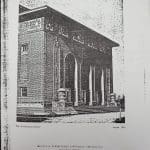
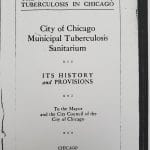
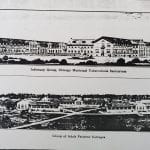
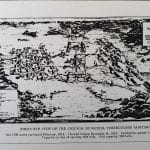
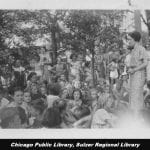
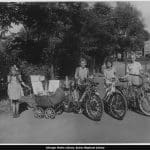
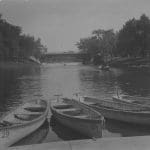

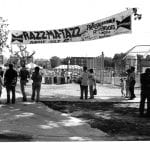

Add a comment to: Summer in the Parks, in the Archives